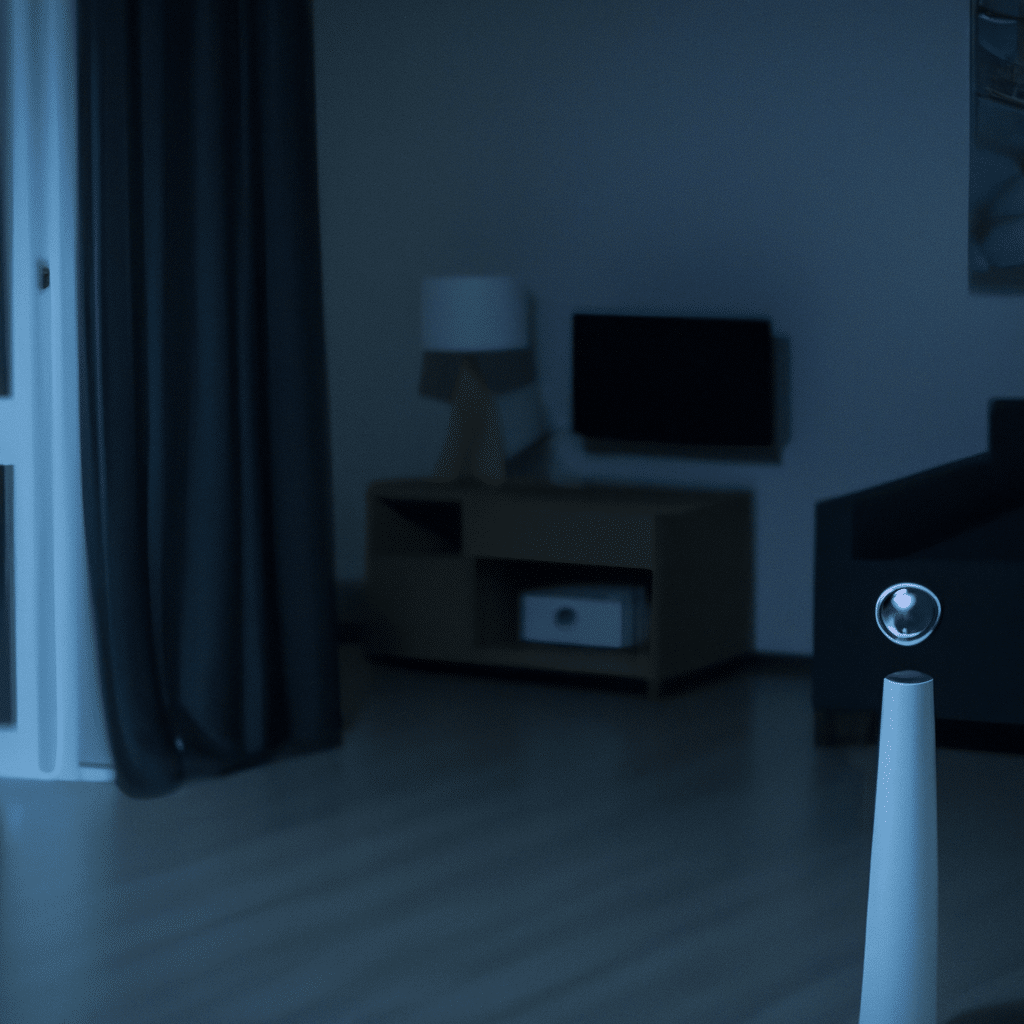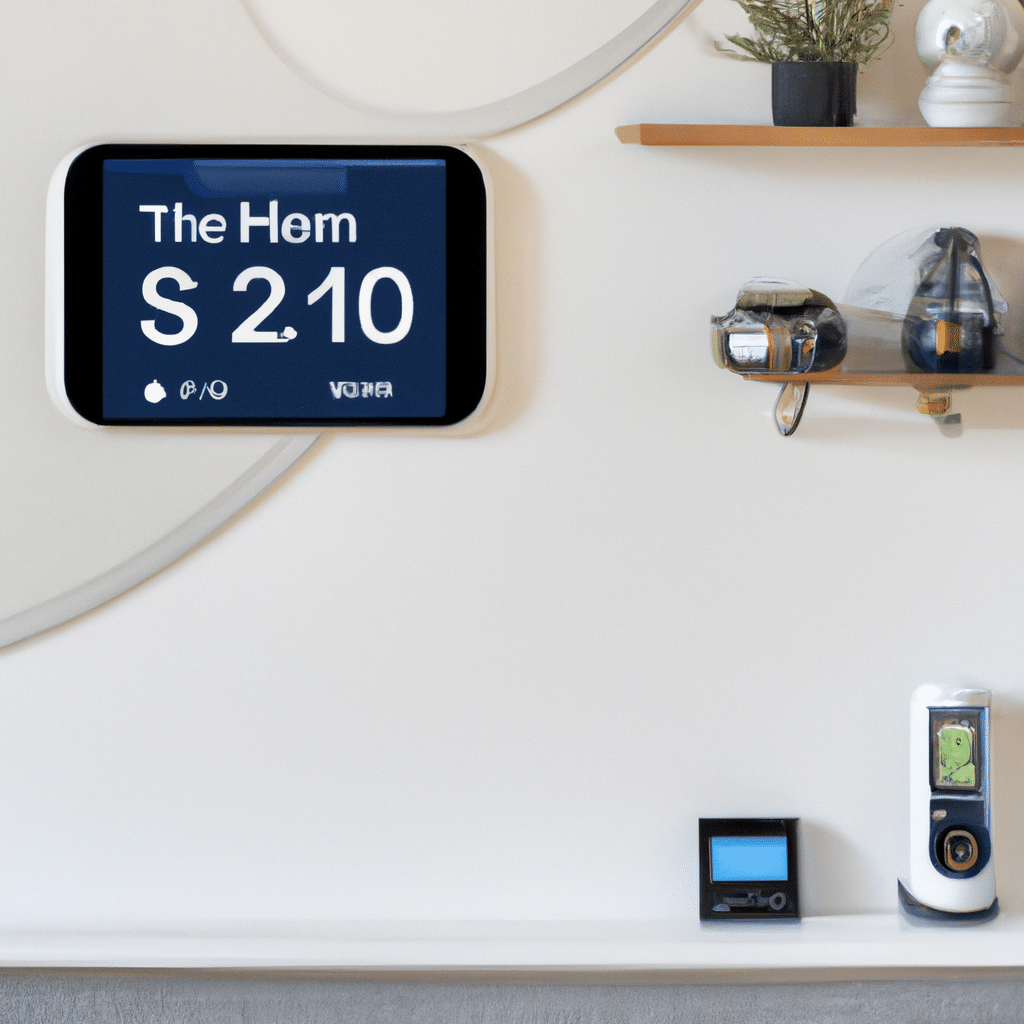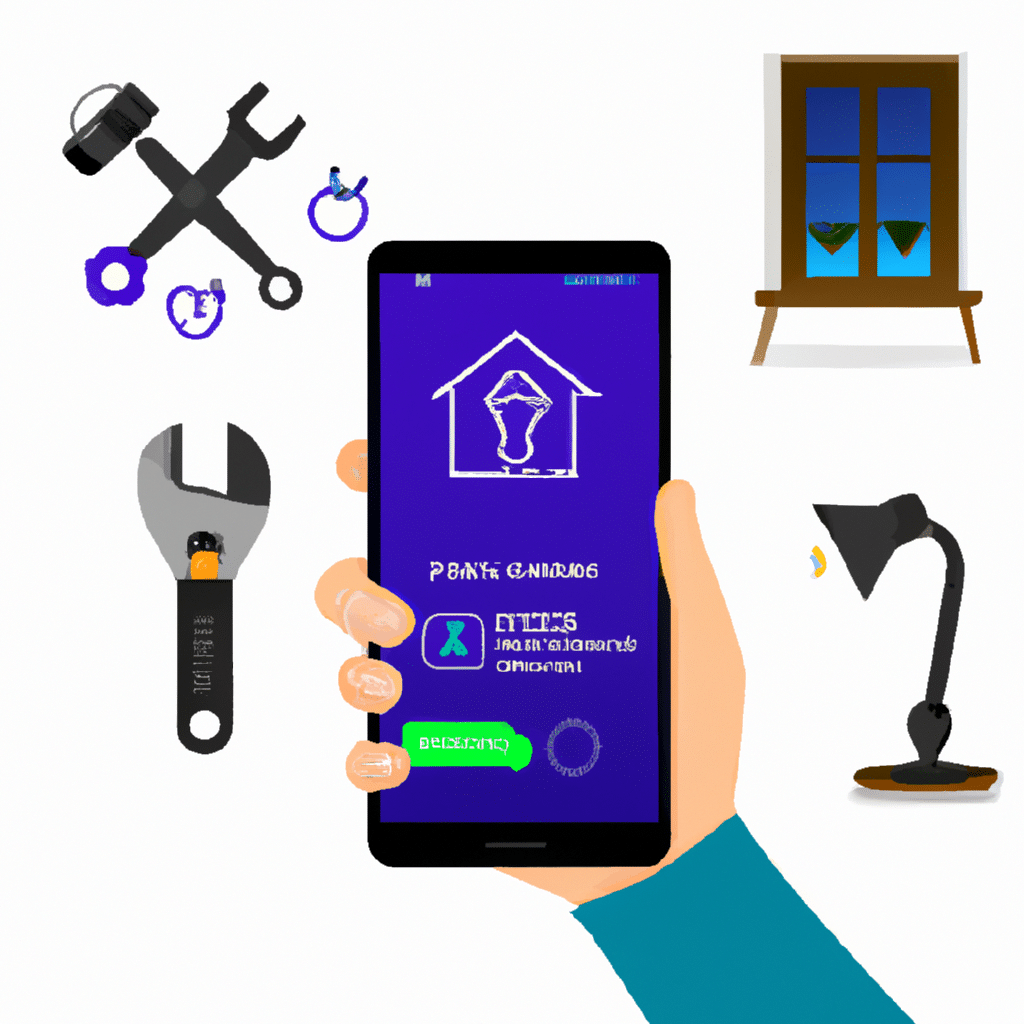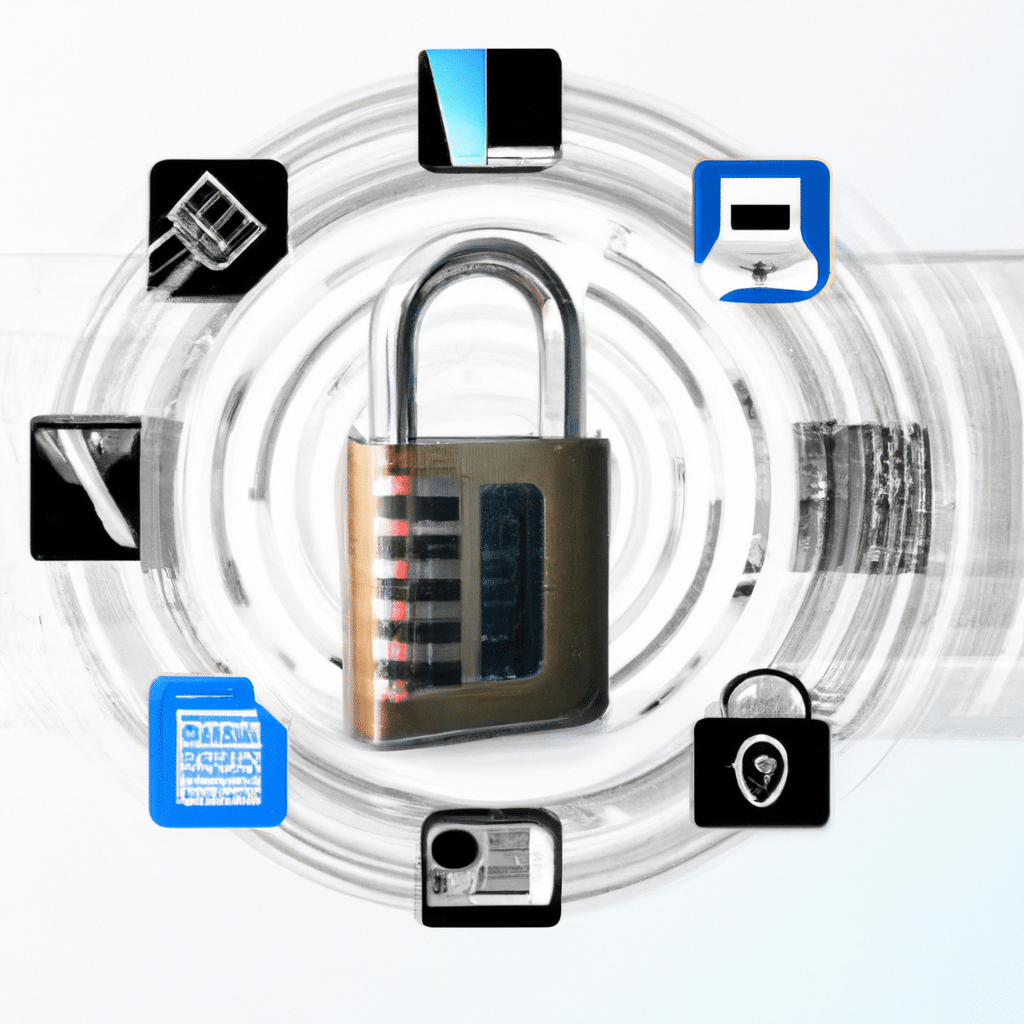
In today’s digital age, where technology is advancing at an unprecedented pace, smart home devices have become increasingly popular. These devices offer convenience, comfort, and efficiency by allowing us to control various aspects of our homes with just a few taps on our smartphones or voice commands. However, with this convenience comes the risk of cyber threats and potential breaches of our privacy and security. In this comprehensive guide, we will explore the secrets of smart home security and provide you with valuable insights and actionable tips to safeguard your connected devices from hackers.
Understanding the Risks and Vulnerabilities
Before diving into the strategies to protect your smart home devices, it is crucial to understand the risks and vulnerabilities associated with them. Smart home devices are connected to the internet, making them susceptible to hacking attempts. Hackers can exploit these vulnerabilities to gain unauthorized access and control over your devices, potentially compromising your privacy and safety.
Weak Passwords: The Achilles’ Heel
One of the most common and easily avoidable vulnerabilities is weak passwords. Many users tend to set simple and easily guessable passwords, such as “123456” or “password.” These weak passwords make it incredibly easy for hackers to gain access to your smart home devices. To protect yourself, always use strong, unique passwords for each of your devices and change them regularly.
Outdated Software and Firmware
Another vulnerability lies in outdated software and firmware. Manufacturers often release updates to fix security flaws and improve the overall performance of their devices. However, many users neglect to update their devices, leaving them exposed to known vulnerabilities. Make it a habit to regularly check for updates and install them promptly to ensure that your devices are protected with the latest security patches.
Insecure Wi-Fi Networks
Your home Wi-Fi network serves as the gateway to your smart home devices. If your Wi-Fi network is insecure, it becomes an easy target for hackers. Ensure that your Wi-Fi network is encrypted with a strong password and, if possible, use the latest WPA3 encryption standard for enhanced security. Additionally, consider changing the default network name (SSID) and disabling remote administration to reduce the risk of unauthorized access.
Strengthening Your Smart Home Security
Now that we have identified the vulnerabilities, let’s explore the steps you can take to strengthen your smart home security and protect your connected devices from hackers.
1. Secure Your Router
The first line of defense for your smart home is your router. Make sure to change the default username and password of your router to a strong, unique combination. Disable any unnecessary features or services that you do not use, as they can potentially create additional vulnerabilities. Keep your router’s firmware up to date by regularly checking for updates on the manufacturer’s website or within the router’s settings.
2. Segment Your Network
Segmenting your network involves creating separate virtual networks (VLANs) for different types of devices. By doing so, you can isolate your smart home devices from your main network, minimizing the potential impact of a security breach. This way, even if one device is compromised, the rest of your network remains secure. Most modern routers support VLANs and allow you to easily configure them through the router’s settings.
3. Enable Two-Factor Authentication
Two-factor authentication (2FA) adds an extra layer of security to your smart home devices by requiring a second form of verification, typically a unique code sent to your smartphone, in addition to your password. Enable 2FA on all your smart home devices that support it to prevent unauthorized access, even if your password is compromised. This additional step significantly reduces the risk of hacking attempts.
4. Use a Virtual Private Network (VPN)
A Virtual Private Network (VPN) encrypts your internet traffic and provides a secure connection between your devices and the internet. By using a VPN, you can protect your smart home devices from potential eavesdropping and interception of sensitive data. Choose a reputable VPN service and set it up on your router or individual devices for comprehensive protection.
5. Implement Network Intrusion Detection and Prevention Systems (NIDS/NIPS)
Network Intrusion Detection and Prevention Systems (NIDS/NIPS) monitor your network for suspicious activities and potential security threats. These systems can detect and block unauthorized access attempts, malware, and other malicious activities in real-time. Consider investing in a reliable NIDS/NIPS solution to add an extra layer of security to your smart home network.
6. Secure Your Smart Home Devices
Each smart home device comes with its own security settings and features. Take the time to familiarize yourself with these settings and ensure that they are configured to maximize security. Disable any unnecessary features or services that you do not use, as they can potentially create additional vulnerabilities. Regularly check for firmware updates from the manufacturer and install them promptly to keep your devices secure.
7. Educate Yourself and Practice Good Cyber Hygiene
Last but not least, educate yourself about the latest smart home security best practices and stay informed about emerging threats. Follow reputable technology blogs and security forums to stay updated on the latest trends and vulnerabilities. Additionally, practice good cyber hygiene by being cautious of suspicious emails, links, and attachments. Avoid clicking on unknown links or providing personal information unless you are certain of the source’s authenticity.
Conclusion
As the popularity of smart home devices continues to rise, it is crucial to prioritize the security of your connected devices. By implementing the strategies outlined in this guide, you can significantly reduce the risk of falling victim to hackers and protect your privacy and security. Remember, securing your smart home requires a proactive approach and ongoing vigilance. Stay informed, follow best practices, and regularly update and monitor your devices to ensure a safe and secure smart home environment.






